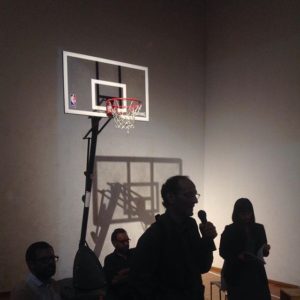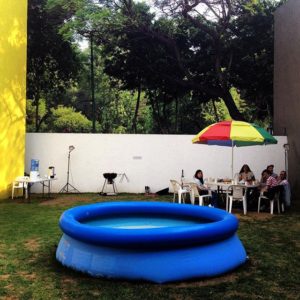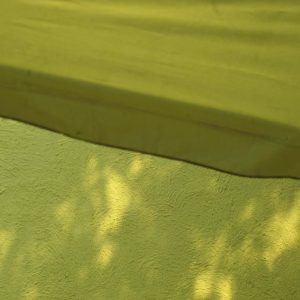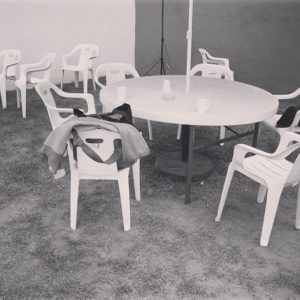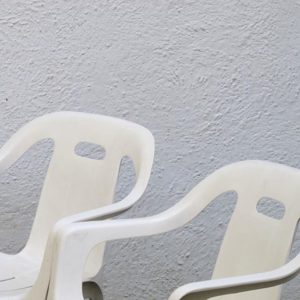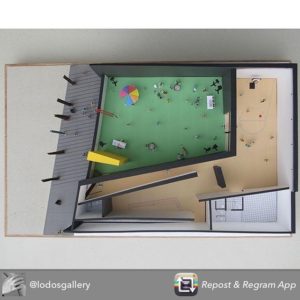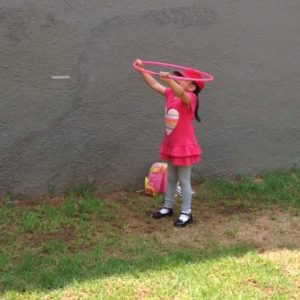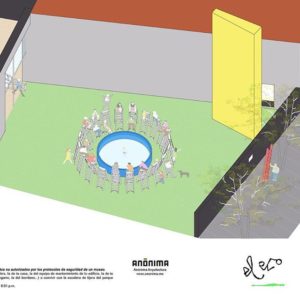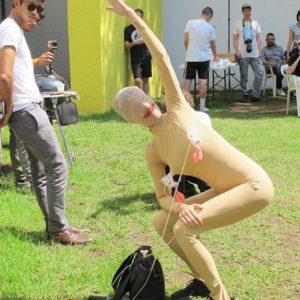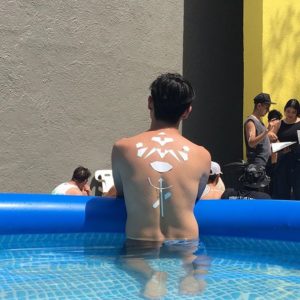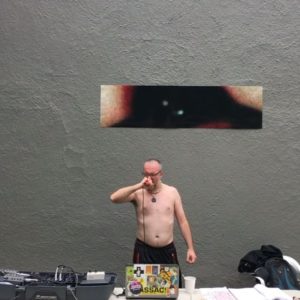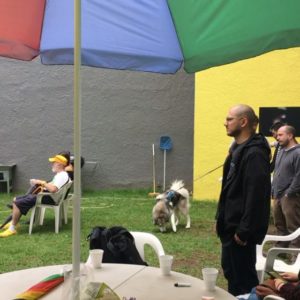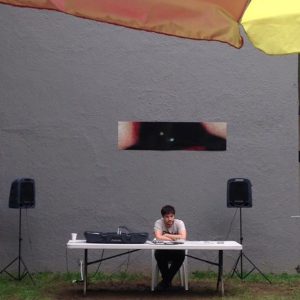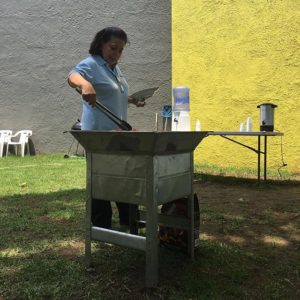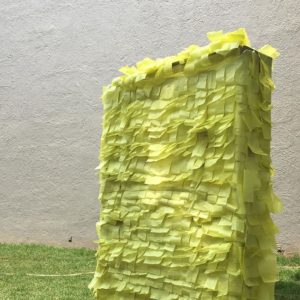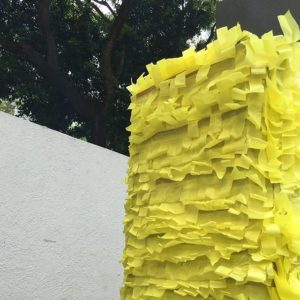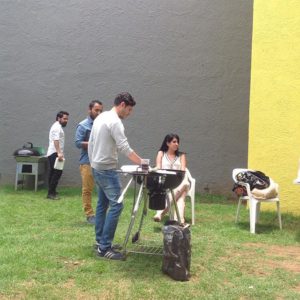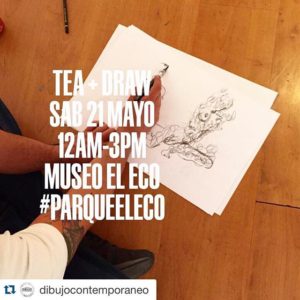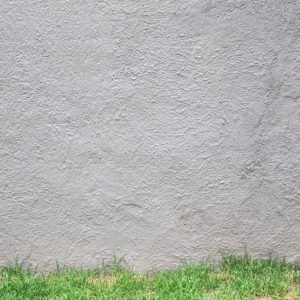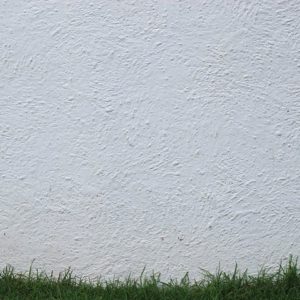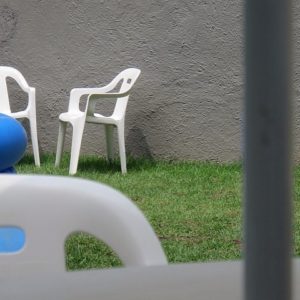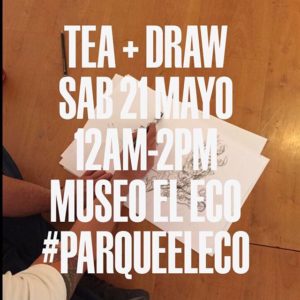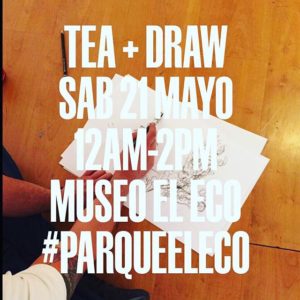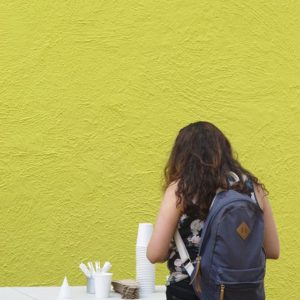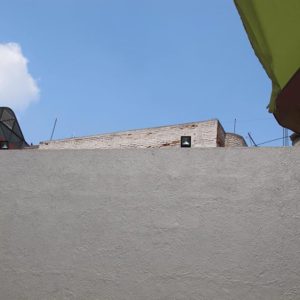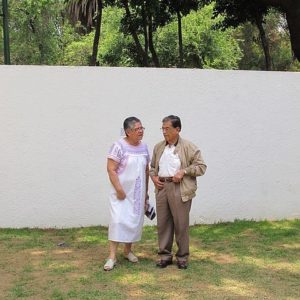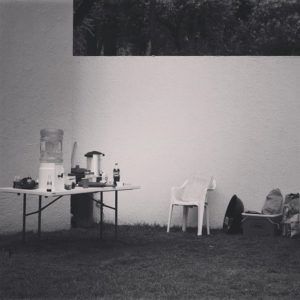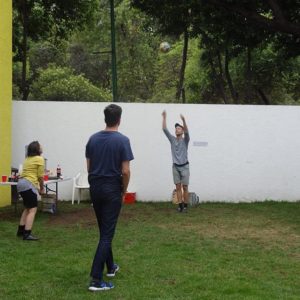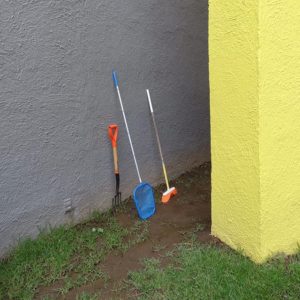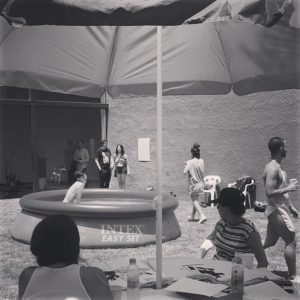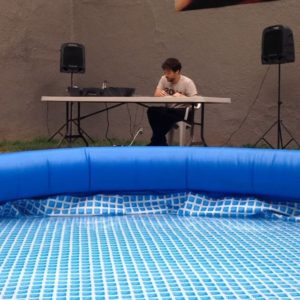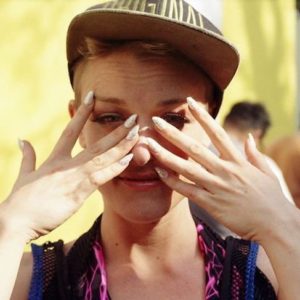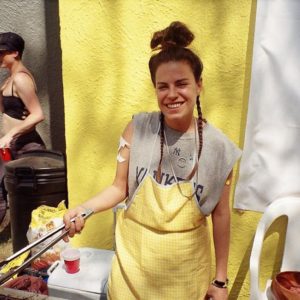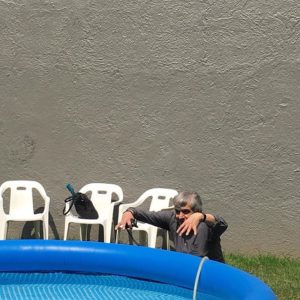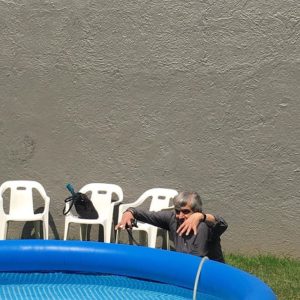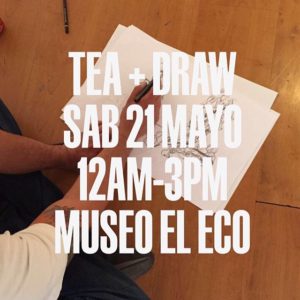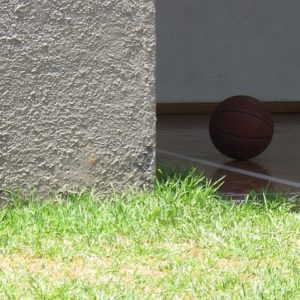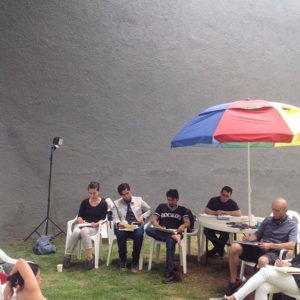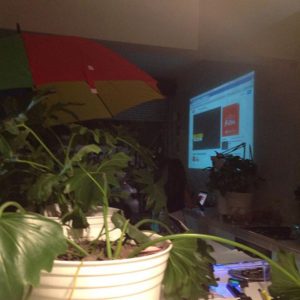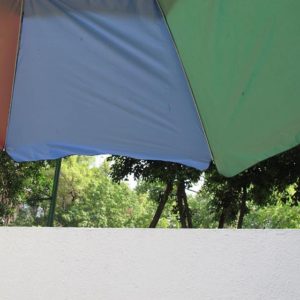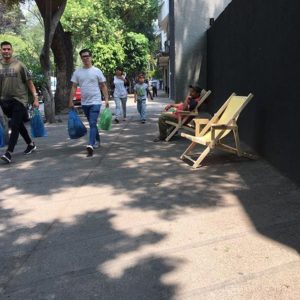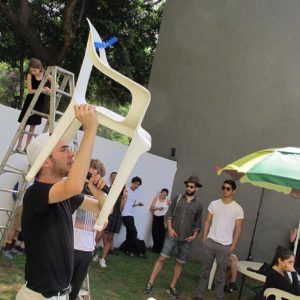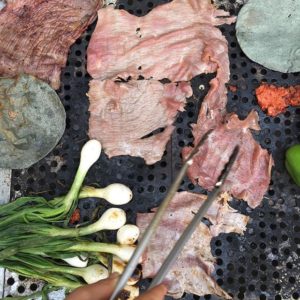Sarah Kantrowitz: … Congratulations! … I just saw on fb that you guys posted about winning this! I wanna see the drawings – I was actually just thinking about our conversation about ritual community deconstruction and reconstruction as an act of preservation – on a Friday I saw a presentation that touched on the knotted grass bridges of the Andes – it’s just the same dynamic as the mosque I was telling you about in mali – do you know these bridges? Excited to talk more and hear more!
WIllI: … we changed the proposal a little bit; … lets do something together at the Parque Experimental El Eco.
Rodrigo: Thanks! … and thanks a lot for all the help! We built a website for the pavilion, and you can see the proposal here (we’re working on the English version of the site).
I hope you have plans to visit in the summer, and you can visit the Parque Experimental El Eco!
SK: … i like red ladders too… i’m attaching a photo of a tiny red ladder i made several years ago. i can take no credit for the other art in the photo, just the tiny red ladder.
overall your proposal sounds really fun and very open ended. my one question is whats up with purchasing your objects at “Home Depot , Wal-Mart , Amazon ,Steren and COSTCO”. Are you taking this on as a political statement? are you trying to be neutral? I have feelings about this.
W: Because of everything; it is a political and social question; and a spatial research (related to the preexisting space) for everydayness as a neutral provocation for public speech… We will also buy certain things in markets, not only at the mentioned stores; the point is that we try not to intervene in everything during the design process, and that is why we are exploring commercial accessibility through the objects; maybe it is like letting others be part of the space since the beginning (if it is possible to establish a starting point) of the appropriation process; who knows?, it is only another Case Study.
SK: … I’m glad you like the little ladder – I was originally dabbling in this as a street art concept, like to put tiny ladders of extreme proportions in the corners of windowsills or into a bush. Maybe we can put some tiny ladders around the neighborhood in advance of your pavilion opening.
I think it’s nice to have them as everyday commercially produced objects that can come very affordably from stores – I agree w this part for the politics of the project – or even to say you buy from there bc you intentionally don’t design this part of the project, you just buy from wherever is easiest and don’t even mention by name – I guess I was just surprised to see all these stores mentioned by name so explicitly, making it feel like it is a design choice to shop at stores that are maybe also eroding the public urban life that your pavilion would seek to cultivate, and feel either I would not mention the names to give them this good branding or be intentional the nature of the relationship you design/don’t design w the corporations behind these objects
In this latter case, maybe you have conjured a parallel pavilion inside the store with all the objects not purchased just placed together for people to use – or even purchased and put back there anyway
Always fun to visit Mexico City – I’ll have to see where I end up working this summer but would def be up to try to visit
W: I agree, it would be better not to mention the names, it is not important.
If everyone agrees, we will change that on the text, everything is constantly changing…
SK: https://www.google.com/trends/home/all/MX
I cant even keep up
R: About having products from Home Depot, Wal-Mart, Amazon, Steren and Costco, I think mentioning these specific stores (and maybe we should have written “Home Depot, Wal-Mart, Amazon, Steren, Costco or from any tianguis” or something) evokes a very specific, strong, easy to imagine image, as opposed to something like “generic, everyday, anonymous, accesible objects”, which is why I like the store names. I can see how that can evoke the erosion of culture brought upon by these corporations, and we could also find these normal, author-less objects in maybe a market or a tianguis in Mexico City. I guess another question would be: how could you name these other objects as specifically as “a plastic table from Wal-Mart” without saying something that might sound pretentious like “Mexican vernacular design”)?
Naming huge international companies is perhaps an attempt to avoid the problem of the exaggerated importance of provenance in design and architecture. (Of course, that is another trap because furniture from Costo comes from somewhere (it comes from Costco).) And I think that the culture of that sort of over-specific, over-designed, “provenance-heavy” design (an extreme example of this would be commissioning each object to a different artist instead of buying everything from Amazon, etc.) can also erode culture in a different way (maybe worse?), even if couldn’t name specifically how that is.
I guess it’s not too clear to us, but another way of putting it would be saying that I would me more confortable with the (extreme) idea of buying everything at Costco than the (extreme) idea of designing or commissioning every single object, accepting what it could imply in terms of the erosion of culture.
Or trying to find another example (and I’m not at all sure of anything that I’m saying): What kind of chair would there be in a bar in Mexico City in 1950 (pre-NAFTA, pre-globalization, etc.)? Maybe a chair from a Mexico factory, or a chair made (probably not designed) by a carpenter from Mexico City. No, what kind of chair should there be in a bar in Mexico City in 2016, when perhaps it is harder to find “local”, “vernacular”, “generic” furniture? Should the chair come from Wal-Mart or Costco? Should it come from Vitra or Knoll? Should it be designed specifically for the project by an architect or artist or designer? Should it come from a new Mexican furniture store that produces furniture more or less artisanally in small lots? I don’t know, but maybe the best, easiest, cheapest, least pretentious way to find a chair that is a regular, common object (an object whose shape comes from many people over many generations optimizing for cost, durability, function, and perhaps even “beauty”) is to go get one at the Wal-Mart.





